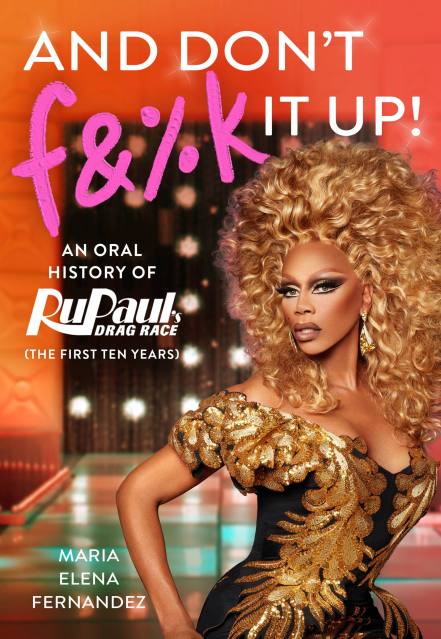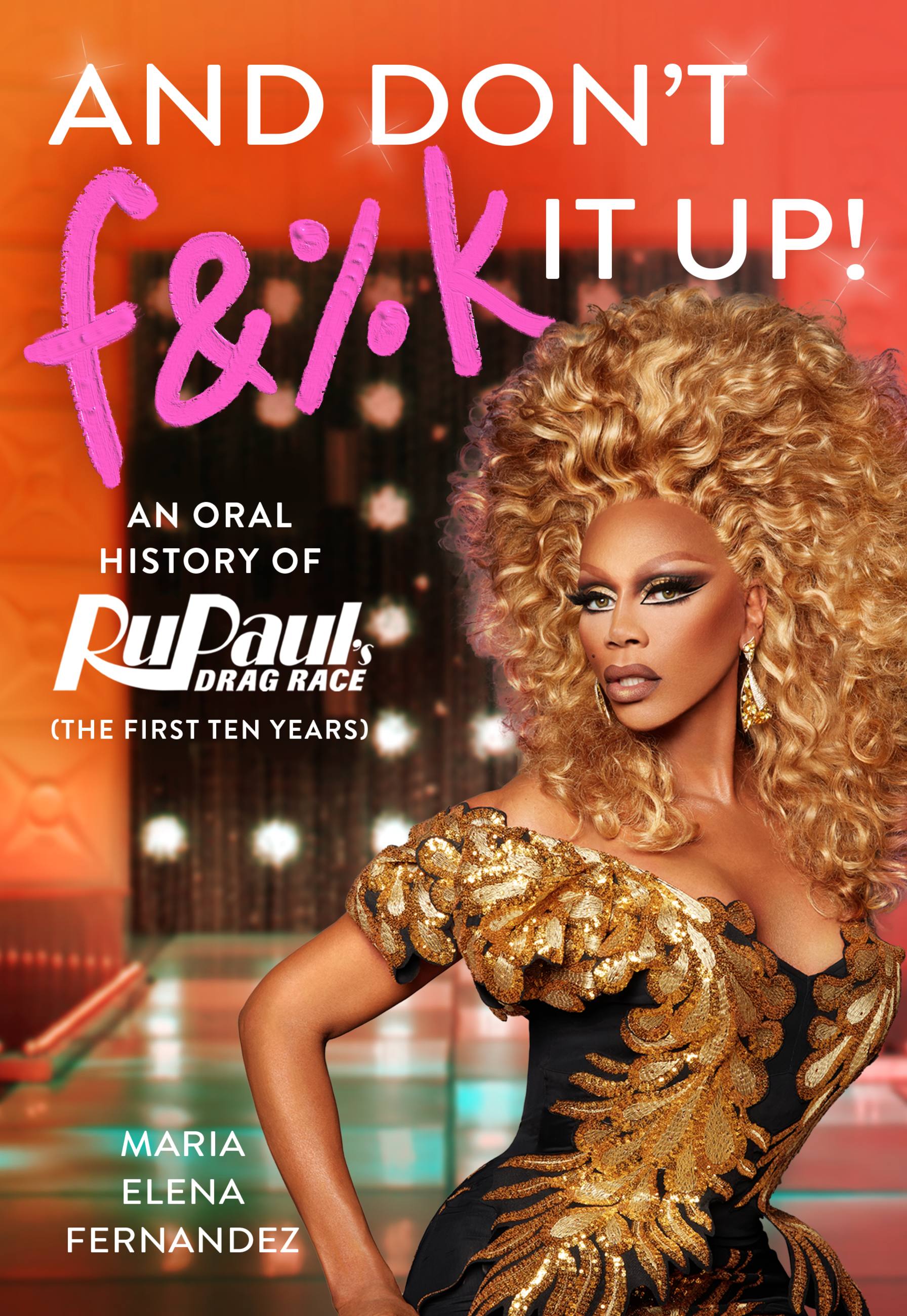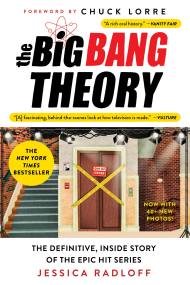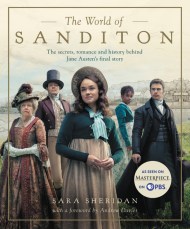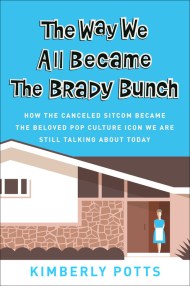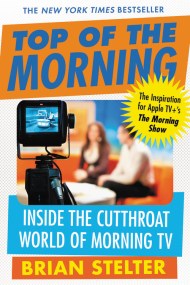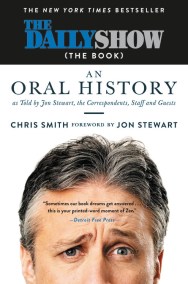Promotion
Use code MOM24 for 20% off site wide + free shipping over $45
And Don't F&%k It Up
An Oral History of RuPaul's Drag Race (The First Ten Years)
Contributors
Other primary creator World of Wonder
By Maria Elena Fernandez
Formats and Prices
Price
$15.99Price
$20.99 CADFormat
Format:
- ebook $15.99 $20.99 CAD
- Hardcover $30.00 $38.00 CAD
- Audiobook Download (Unabridged) $38.99
- Trade Paperback $24.00 $31.00 CAD
This item is a preorder. Your payment method will be charged immediately, and the product is expected to ship on or around June 6, 2023. This date is subject to change due to shipping delays beyond our control.
Also available from:
Told over the first ten years of a television mainstay, And Don't F&%k It Up tells a cultural history through the stories of the people who lived it: the creators of the RuPaul's Drag Race, the contestants, the crew, the judges, and even some key (famous) fans. It begins with RuPaul's decades-long friendship and business relationship with World of Wonder Productions, the entertainment company that helped launch him into superstardom, and later talked him into giving a drag reality show a chance. From there, it follows the growth and evolution of the show—and its queens—through a decade of gag-worthy seasons, serving up all kinds of behind-the-scenes realness. With a history as shady and funny as it is dramatic and inspiring, And Don't F&%k It Up shows how RuPaul's Drag Race is a mirror reflecting the cultural and political mores of our time. Its meteoric rise to becoming a once-in-a-generation success story is explored here as never before, in intimate, exuberant, unfettered detail.
Genre:
-
"For fans of the show, the book’s juicy specifics from cast and crew will provide a wealth of new background about their favorite unforgettable moments, as well as details about things left on the cutting-room floor."The Daily Beast
-
"Journalist Fernandez’s fabulous debut serves the tea on RuPaul’s Drag Race. . .The behind-the-scenes stories feel as if readers are eavesdropping on the show’s “werkroom,” but this oral history really shines in its willingness to tackle weightier issues, as when RuPaul opines on the importance of queer representation and when performer Asia O’Hara reflects on dealing with racism from the show’s fandom. Hilarious and affecting, it’s an uproarious celebration of what has become a television institution."Publishers Weekly, starred review
-
"The heart of [And Don't F&%k It Up] lies in the candid, witty commentary of show producers, queens, judges, and RuPaul himself, as each shares memorable moments from the first 10 seasons. . . A commemorative celebration and a must-have for fans."Kirkus Reviews
-
"[A]n immensely entertaining look at how a little TV show shot in a basement studio went from a cult favorite to a taste-making cultural juggernaut and global success. . . Loaded with heartbreaking and hilarious first-person confessions, this book’s a winner, baby!"Library Journal, starred review
-
"Few stones go unturned, and readers will find here the origins of the most iconic lines ("Go back to Party City where you belong!") to the truth about how the queens really felt about each other. . . The audience for the show has grown, and with all the earlier seasons available on streaming, this will be an essential addition to any pop-culture collection."Booklist
-
"10s 10s 10s across the board."Andy Cohen
-
“¡Amo este libro! It’s dripping with cuchi, uniqueness, nerve, and talent!”Charo
-
“Everything you wanted to know (and more) about the twisted minds behind the best mothertucking show on earth.”Simon Doonan, author of Drag: The Complete Story
-
“The queens of Drag Race spill the tea on what it took to turn this queer little show into a global phenomenon.”Loni Love
-
“Mama Ru proves once again that reading is what??? FUNDAMENTAL.”Big Freedia
-
“Finally, the Drag Race book that sets the record straight. I mean queer.”Alec Mapa
-
“Everyone who works in my stores spends all day talking about Drag Race. Now they can spend all day talking about And Don’t F&%k It Up. I can’t wait!”Jonathan Adler
-
"If you want to know how drag changed the world, and might just save it, read this book."Ronan Farrow, New York Times bestselling author of Catch and Kill
- On Sale
- Jun 6, 2023
- Page Count
- 496 pages
- Publisher
- Grand Central Publishing
- ISBN-13
- 9781538717677
Newsletter Signup
By clicking ‘Sign Up,’ I acknowledge that I have read and agree to Hachette Book Group’s Privacy Policy and Terms of Use
